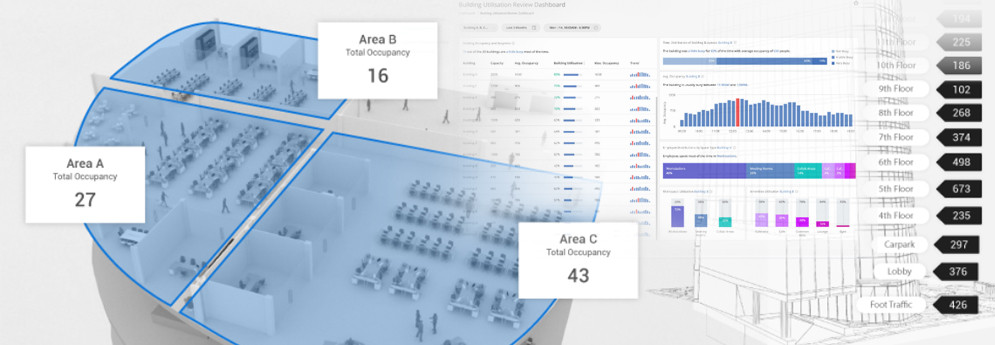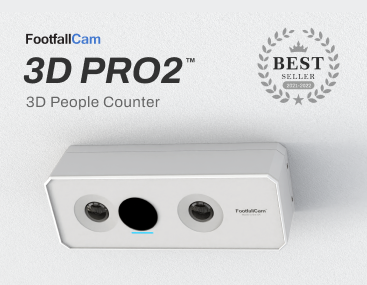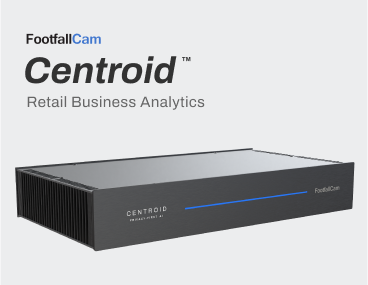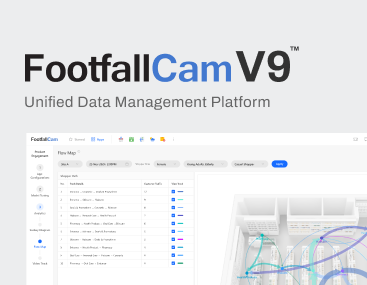Achieve optimum workspace utilisation through machine learning of people counting data.

Prescriptive analysis is a type of advanced analytics that uses machine learning and other techniques to provide recommendations for future actions based on historical data. In the context of people counting in an office, prescriptive analysis can be used to optimize space utilization, identify areas that are over or underutilized, and provide recommendations for changes to the office layout, scheduling, or other factors that can improve the efficiency and effectiveness of the workspace.
For example, by analysing people counting data over time, prescriptive analytics can identify trends in employee utilization of office spaces and provide recommendations for changes that can improve efficiency and reduce waste. This could include recommendations for changes to office layout, scheduling, or other factors that can improve the effectiveness of the workspace.
Prescriptive analysis can also help businesses to understand the impact of changes to the office environment or other factors on employee productivity and satisfaction. By using advanced analytics techniques to identify patterns in the data, prescriptive analysis can help businesses to make data-driven decisions that can improve the effectiveness of their workspace and create a more productive and efficient work environment.
Here are a few examples of how prescriptive analysis can be used to optimise people counting in an office:
- Identifying Over- or Underutilized Spaces: Prescriptive analysis can be used to analyze people counting data over time to identify areas of the office that are over- or underutilized. By understanding how spaces are being used, businesses can make data-driven decisions about how to allocate resources and optimize the workspace.
- Recommending Changes to Office Layout: Based on data analysis, prescriptive analysis can provide recommendations for changes to the office layout that can improve employee productivity and satisfaction. For example, if data shows that employees are spending too much time walking between different areas of the office, prescriptive analysis may recommend changes to the office layout to reduce travel time and improve efficiency.
- Optimising Scheduling: Prescriptive analysis can be used to analyze people counting data to identify peak and off-peak hours of office usage. By optimising scheduling around these patterns, businesses can ensure that the office is being used efficiently and can make informed decisions about when to schedule meetings, events, and other activities.
- Improving Workspace Design: Prescriptive analysis can also be used to analyse people counting data in conjunction with other data sets, such as employee feedback or environmental factors, to identify trends and patterns that can inform workspace design. For example, if data shows that employees are more productive in certain types of environments, prescriptive analysis may recommend changes to the workspace to optimise employee productivity and satisfaction.
These are just a few examples of how prescriptive analysis can be used to optimise people counting in an office. By using advanced analytics techniques to understand how spaces are being used and how employees are interacting with the workspace, businesses can make data-driven decisions that can improve the effectiveness and efficiency of their workspace.











